CIMA, a Trailblazer of Italian Modern Art
The Center of Italian Modern Art is a non-profit exhibition and research center that opened its graceful and airy SoHo loft in the beginning of 2014. According to their mission statement, CIMA aims “to promote public appreciation and advance the study of modern and contemporary Italian art in the United States and internationally.”
CIMA was founded by curator, art historian, and collector Laura Mattioli. Mattioli graduated with a B.S. in History of Art from Università degli Studi, Milan, and earned her doctorate in History of Art at Università Cattolica del Sacro Cuore in Milan. She taught art history for many years at the University of Milan and the Fine Arts Academy in Bergamo.
Daughter of the Milanese cotton magnate and art collector Gianni Mattioli, who began collecting as a response against the violence of World War II, Laura grew up surrounded by artworks, many created by Italian Modernists she knew directly. Upon her father’s death, she inherited the collection, and arranged part of it to be deposited long-term at the Peggy Guggenheim Collection in Venice.
Organized around the principle of “slow art,” CIMA maintains the characteristics of a home, inspired by Laura's father, who opened his apartment in Milan during the 50's to share his collection with visitors on Sundays. The arrangement encourages an intimate and in-depth experience of the works.
Past, Current and Future Exhibitions
CIMA organizes and presents annual exhibitions, mainly devoted to artists and works rarely displayed outside of Italy. For its inaugural year, CIMA presented an installation of the work of Italian artist Fortunato Depero, followed by the modernist Medardo Rosso in 2015, Giorgio Morandi in 2016, and Giulio Paolini in relation to Giorgio de Chirico in 2017.
This year’s exhibition features 25 rarely seen works of Greek-born Italian multidisciplinary artist Alberto Savinio (1891–1952), the younger brother of Giorgio de Chirico who today is practically unknown outside of Italy.
"It is easier for us today to grasp the great creativity of this character since we are able to look at the past with a contemporary vision and mindset " Laura tells us.
Besides being a brilliant painter and a key contributor to the movement known as Metaphysical Art (Pittura Metafisica), Savinio was also talented in the fields of music, theater and literature.
The works on display span a 10 year period, from the late 1920s through the 1930s, when Savinio abandoned his other creative talents to dedicate himself fully to painting. The exhibition "explores two major themes in the artist’s oeuvre: the expressive power of imagined landscapes and the fraught emotional terrain of family life".
Alberto Savinio is a pseudonym the artist adopted at the age of 23 to disguise his real name, Andrea Francesco Alberto de Chirico, so that he would not be eclipsed by his older and more famous brother, Giorgio de Chirico. During the lecture Giorgio de Chirico and Alberto Savinio: Two Brothers in Reciprocal Conflict hosted at CIMA, art historian and critic Renato Barilli explains how the troubled relationship between the de Chirico brothers came into being.
Much of the brothers' youth was spent abroad, in Athens, Munich and Paris, where they both made a name for themselves. However, while Giorgio was directed towards the studies of painting, Alberto studied music. His mother tried to forbid him from being a painter in order to avoid any competition with his sibling, Barilli clarifies, and this caused him great suffering and is the reason why he started painting much later than Giorgio.
Savinio’s paintings, produced after he moved to Paris in 1926, share many of his brother’s haunting themes such as eerie spaces, mythological subjects and bizarre hybrid figures, in strange juxtapositions. However, even though the two brothers closely shared certain themes, Savinio succeeded in developing his own individual expression. His desire for escapism and aesthetic liberation propelled him to excel as an artist.
“The CIMA Scientific Committee chose Savinio as the subject of this year's studies because it considers him an artist of particular interest to be rediscovered, therefore perfect for the mission of the foundation, but also for his activity in different cultural fields” Laura Mattioli told us. “We hope that this choice will help CIMA to open up to a wider audience, for example, to those who are interested in music or literature” she continued.
Next year’s exhibition will be dedicated to Marino Marini, with particular attention to the Venus, and curated by Prof. Flavio Fergonzi, Laura Mattioli revealed. Marini is another example of an Italian artist who was well known in the United States in the 1950s, but is now forgotten. After New York, this exhibition will travel to the Peggy Guggenheim Collection in Venice.
CIMA's dedication to supporting Education
Another principal aspect of CIMA is their educational focus to support the study of Italian modern and contemporary art. Each year, they award a number of young scholars pursuing pre-doctoral and post-doctoral study of 20th-century Italian art, who use the annual exhibitions as the theme for their fellowship program as well as lead guided exhibition tours. The program has already expanded from supporting two fellows to a total of five fellows today.
The 2017-18 fellows are Giulia Tulino and Serena Alessi, for the fall season, Elena Salza, for the academic year, Alice Ensabella, for the spring season and Valeria Federici, CIMA’s Travel Fellow.
In addition, the center offers a variety of educational programs including lectures, readings, tours, artist-led drawing nights, family programs, screenings, and performances.
“CIMA is trying to grow. The programs with middle school children were those who gave us the greatest satisfaction last year. We try to differentiate our programs for different types of public and not remain a place only for specialists. It is a big commitment, but it is our mission.” said Mattioli.
Italian Modern Art conquering the world
The opening of CIMA in 2014, the retrospective dedicated to Alberto Burri at the Guggenheim Museum in 2015, many gallery exhibitions dedicated to Italian artists, and opening of Magazzino Italian Art in 2017, show confidence about the international interest for Italian Modern and Contemporary art. Indices for many Italian contemporary artists, especially those belonging to the Arte Povera or Transavanguardia movements, have been increasing significantly in the art market. Hence, the question then is, why 20th and 21st century Italian art and why now?
“First of all, Italian post-war artworks can circulate freely on the international market without the risk of being declared "national heritage" by law, which would force them within the Italian territory with heavy ministerial constraints, as is the case for all the archaeological objects and the works made in earlier times that are found in our country. Secondly, the works of the most important American, German or English artists are now rare and have reached extremely high prices, which only a limited group of particularly wealthy collectors can afford. The prices of Italian artists already historicized, which are therefore a safe investment, are instead far more accessible. Thirdly, post-war Italian art has almost always had a strong and explicit political and social vocation, linked to the complexities of our country, somewhere on the border between NATO and the USSR. This political commitment, I believe, is felt today as particularly interesting in America in the present situation” explained Laura Mattioli. Thus, these Italian modern artworks can still be considered bargains compared to American modernist paintings and the many U.S. collectors who are now purchasing them, perhaps ignored non-American artists for decades.
However, she added "Although the Italians traditionally are big collectors who regularly attend fairs and museums all over the world, they do not have the same purchasing power as individuals from economically stronger nations or countries with emerging economies.”
---
Alberto Savinio, on view through 23 June 2018, The Center for Italian Modern Art, 421 Broome Street, 4th floor, New York, NY, 646-370-3596
For more info >>






























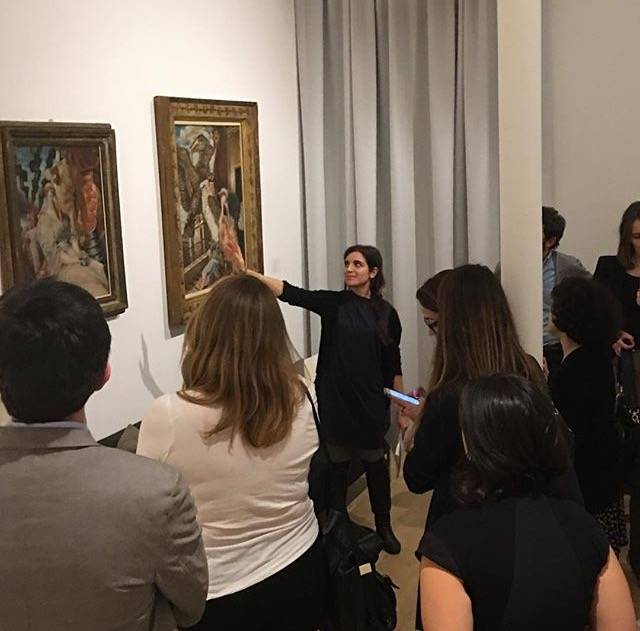

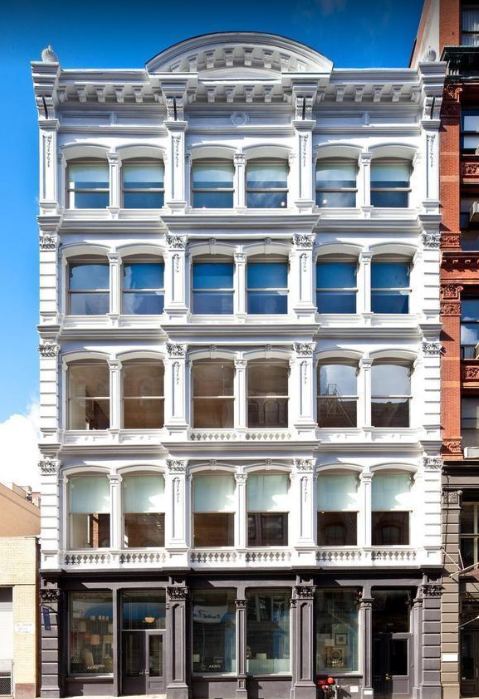
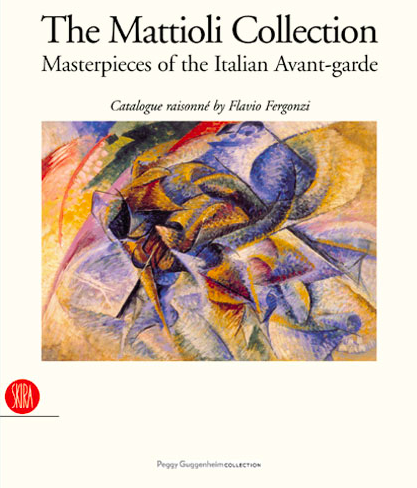
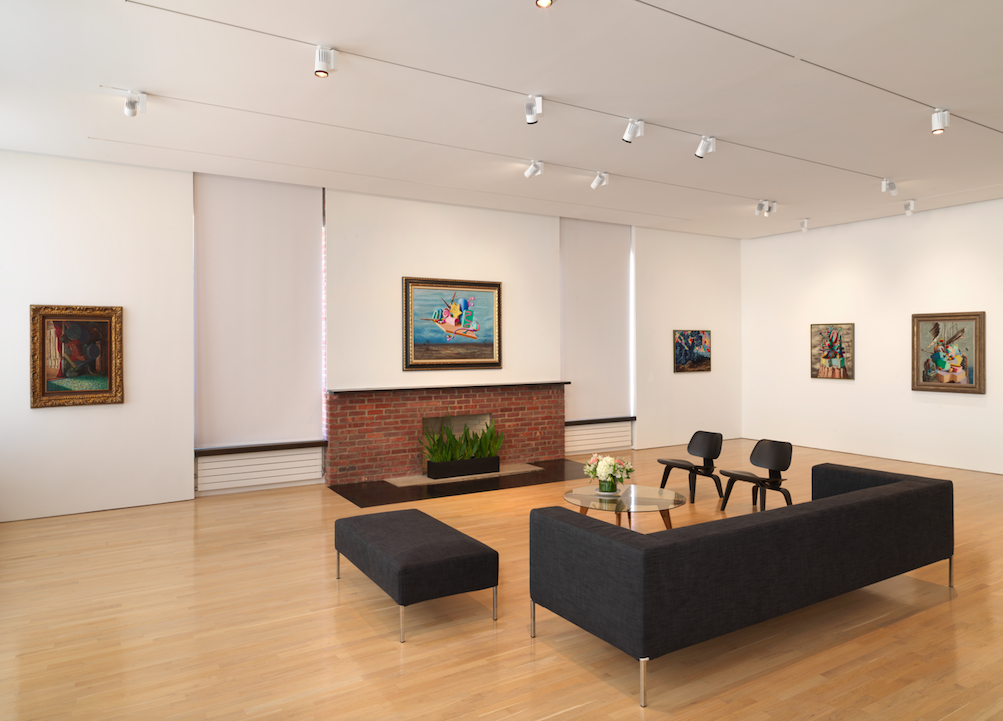
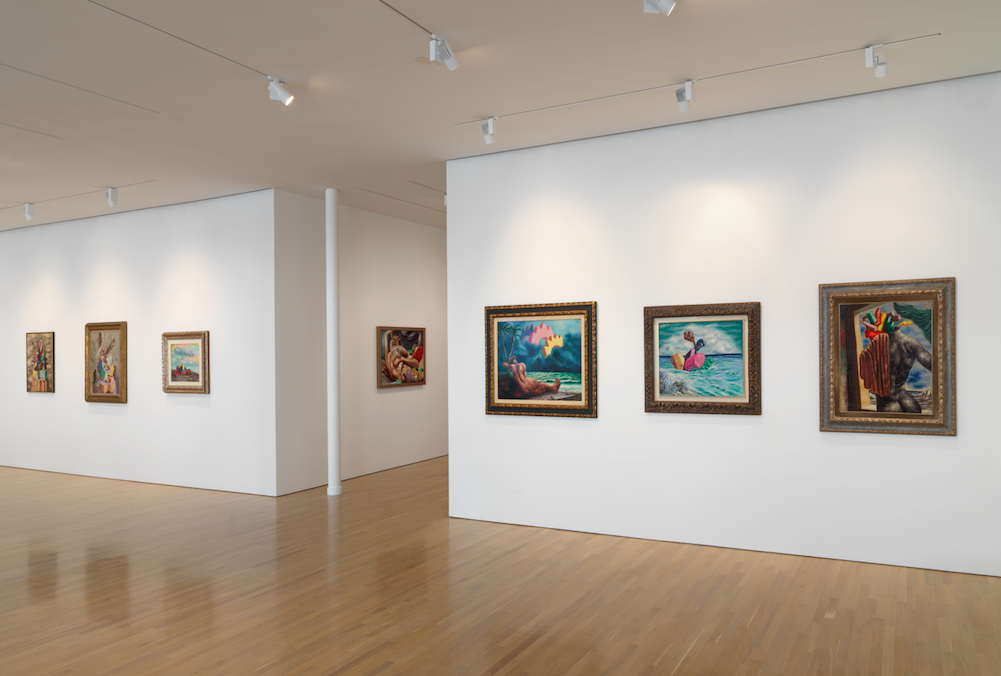

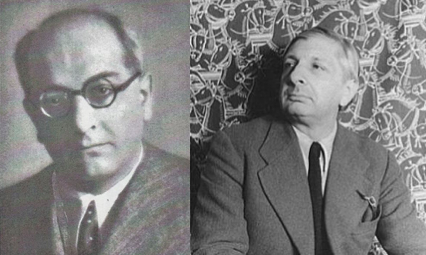
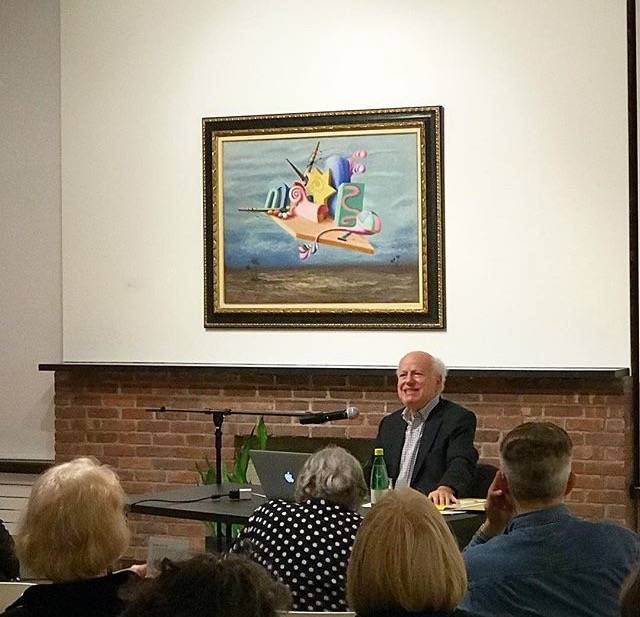






i-Italy
Facebook
Google+
This work may not be reproduced, in whole or in part, without prior written permission.
Questo lavoro non può essere riprodotto, in tutto o in parte, senza permesso scritto.